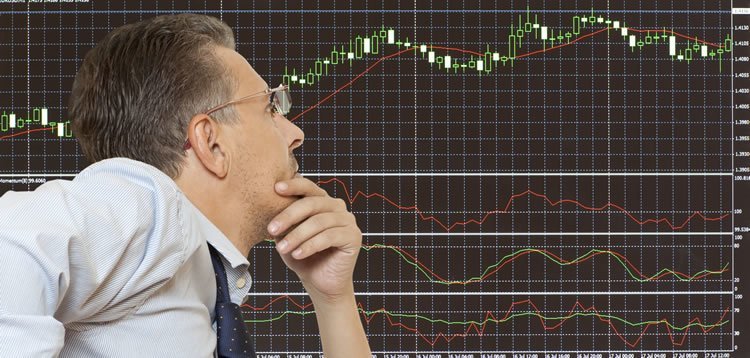
If you've ever traded the major U.S. stock index options, you'll notice that trading stops on Thursday but the settlement price is calculated the next day. The way it is calculated can be confusing. For example, last Friday, the Russell 2000 Index (RUT) settled at 1101.49 but the range of prices during the day was from 1079.23 to 1099.44.
The settlement price was above the high of the day!
How was that possible?
It's due to the way the settlement prices are calculated. If you go to the CBOE's web page for the Russell 2000 Index Options, you'll see see a section titled “Settlement of Option Exercise.” This says:
“… The exercise settlement value (RLS) is calculated using the first (opening) reported sales price in the primary market of each component security on the last business day (usually a Friday) before the expiration date.”
If you try to lookup the settlement price during the day of settlement, you'll find that the RUT data takes a long time to post. That's because they have to wait for all 2000 stocks to trade, which can take hours.
The market doesn't wait for the RUT stocks to all trade. The price of the Index is updated based on the quoted prices.
When the illiquid stocks in the Russell 2000 trade later in the day, they are reflected with the rest of the market's quotes at the time. However, the settlement price only takes the first trade of the day. This leads to a situation where a stock may move opposite to the market, have a trade, then come back in the general market direction. If enough stocks do this, then the settlement price can be outside of the range of the index for the day, as happened last Friday.
The bottom line is Settlement Data is computed in a different way than the real-time calculation so the settlement prices are hard to predict. The only time you should hold a position into settlement is if you give yourself a wide enough range to handle any surprise moves.
Check out our free members's website with discussions and free option trading education

